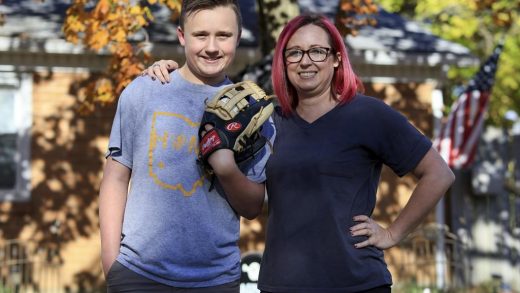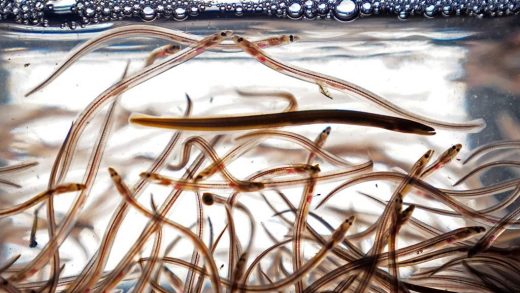
Kavinda Herath/Stuff
Hospice Southland chief executive Dr Flora Gilkison says the essential service should really be fully funded.
The Hospice Southland chief executive is calling for more Government funding as the charitable trust faces its second operating deficit in two years.
The hospice provides specialist palliative care to people with life-shortening illnesses in Southland and the Wakatipu Basin, free of charge and 24/7.
Flora Gilkison said the cost of running the hospice this financial year was $7.9m, but she hoped to get it down to $7.5m.
To reduce costs, the hospice had made three staff members redundant in the past 18 months, which was “heartbreaking”. Savings were also being made by repurposing unwanted donated goods to reduce tip fees, holding off replacing some staff, and looking at electricity, food and vehicle costs.
If successful in keeping costs to $7.5m, this would still result in a $100,000 operating deficit following an operating deficit of about $200,000 in the year ending June 2023, she said.
The hospice’s total income of $7.4m this financial year was made up of $3.01m (41%) from the Government and $4.4m (59%) from the community through its eight hospice shops, public donations, grants, events and bequests.
“It’s asking the community for a lot … and we are incredibly grateful for their daily support,” she said.
Gilkison said she believed the Government should increase its share to at least 60% given the hospice was classed as an essential service during the Covid-19 lockdown.
“Really, if you are an essential service, you should be funded … if we can get it to at least 60%, it wouldn’t be nearly so hard.”
Te Whatu Ora spokesman Tim Wood said it was giving an additional $17.3m to 29 hospices, including Hospice Southland, that it had contracts with in the 2023-24 year. The money was for base service contract increases and to increase the pay rates of hospice nurses, thus reducing the pay gap with Te Whatu Ora nurses.
STUFF
A new study has revealed the burden aged care facilities deal with when caring for patients discharged from hospitals and hospices to die. (Video first published in November 2019)
Newly appointed Health Minister Dr Shane Reti said he had huge admiration for the service that hospices provided to New Zealanders.
Though still being formally briefed across the health system, including in the support the Government provided to hospices, he was aware that Te Whatu Ora had established a national palliative care work programme. Its steering group would review the palliative care model plus contracts and funding.
Reti, a “strong supporter” of the contribution hospices made, said he was aware of the tension between their function as a charitable institution and the support they got from local communities, and needing government funding.
Gilkison said the hospice’s costs would continue to increase as people in the baby boomer era (1946-64) aged.
In the early years of the Hospice Southland, which was 31 years old, the aim was for the Government to pay 75% of its costs, but its percentage had decreased over the years, she said.
The hospice had 71 full-time staff and 10 casual employees plus 350 volunteers, with its nurse wages alone about $3.4m a year.
Staff would look after 400 palliative care patients this year, most choosing to stay in their home settings before dying, while the remainder stayed in the six-bed hospice facility in Invercargill.
Te Whatu Ora Southern funding for Hospice Southland Charitable Trust
2018/19 – $2.213m
2019/20 – $2.308m
2020/21 – $2.496m
2021/22 – $2.551m
2022/23 – $2.627m
Source: Te Whatu Ora


